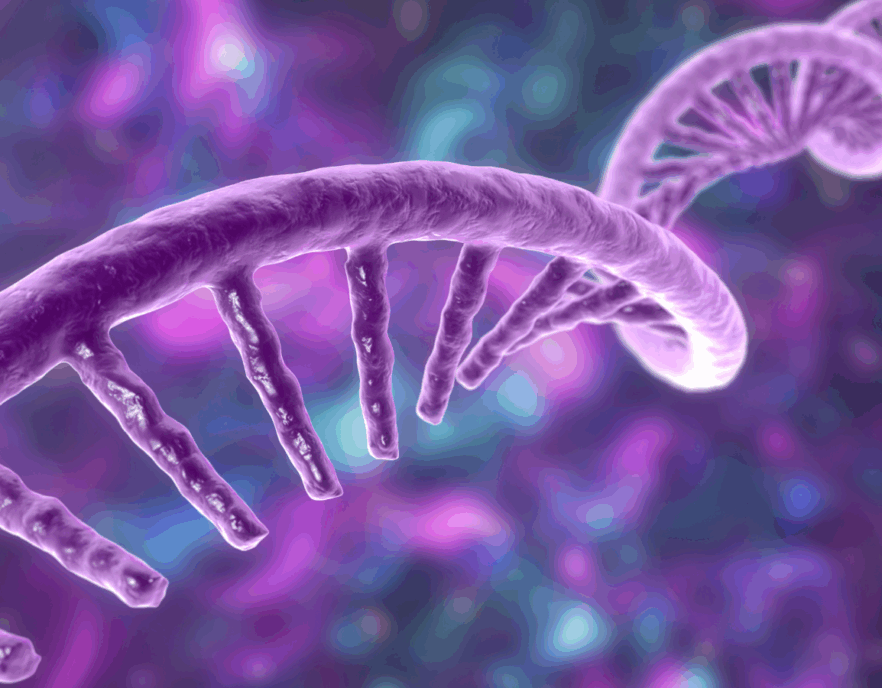Background
Temporal lobe epilepsy (TLE) is the most common form of epilepsy in adults. It causes seizures when brain cells behave in an uncontrolled way. Unfortunately, more than 30% of people with TLE do not respond to current medications, and we still don’t fully understand what goes wrong in brain cells to cause these seizures.
To find better treatments, we need to look deeper into the biology of brain cells. DNA holds the body’s master blueprint, but to carry out its instructions, cells create temporary copies called RNA. These RNA messages guide the cell’s machinery to make proteins.
Scientists have recently discovered a new layer of control over this process—chemical tags, like “sticky notes,” added to RNA messages. One key tag is called m6A. These tags can change how the message is used—telling the cell to “read this now,” “use this less,” or “shred this quickly.” This system helps keep brain cells healthy and functioning properly.
This study asked: Could a faulty “sticky note” system be contributing to temporal lobe epilepsy?
Research
To explore this, we analysed m6A “sticky notes” in both epileptic mice and human brain tissue from people with TLE—the first time this has been done in detail. We found that epileptic brain tissue had more sticky notes than normal brain tissue.
When we looked at the proteins made from these messages, we saw that RNAs with extra sticky notes were producing fewer proteins. This suggests that the m6A tags were telling the cell to delay or destroy the message. On the other hand, messages with fewer sticky notes were more likely to be turned into proteins—including some known to be involved in causing seizures.
We also tested what happens when we artificially change m6A levels in human brain cells. We found that this changed how the cells behaved—making them more active and altering their structure. This supports the idea that this tagging system plays a key role in regulating brain cell activity.
Potential Impact
This study reveals a previously unknown mechanism that controls brain cell activity in epilepsy. We show, for the first time, that the m6A tagging system is widely disrupted in epilepsy and plays a crucial role in determining which messages are used to make proteins.
While more research is needed, these findings open the door to developing new treatments that directly target this disrupted system. Instead of just trying to reduce the number of seizures, future drugs could aim to fix the underlying messaging problems in brain cells—potentially offering a more effective and lasting solution for people with epilepsy.
